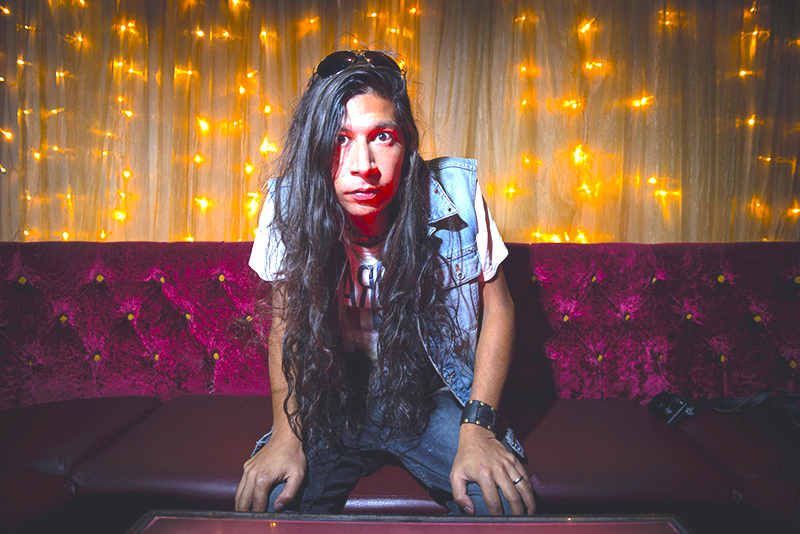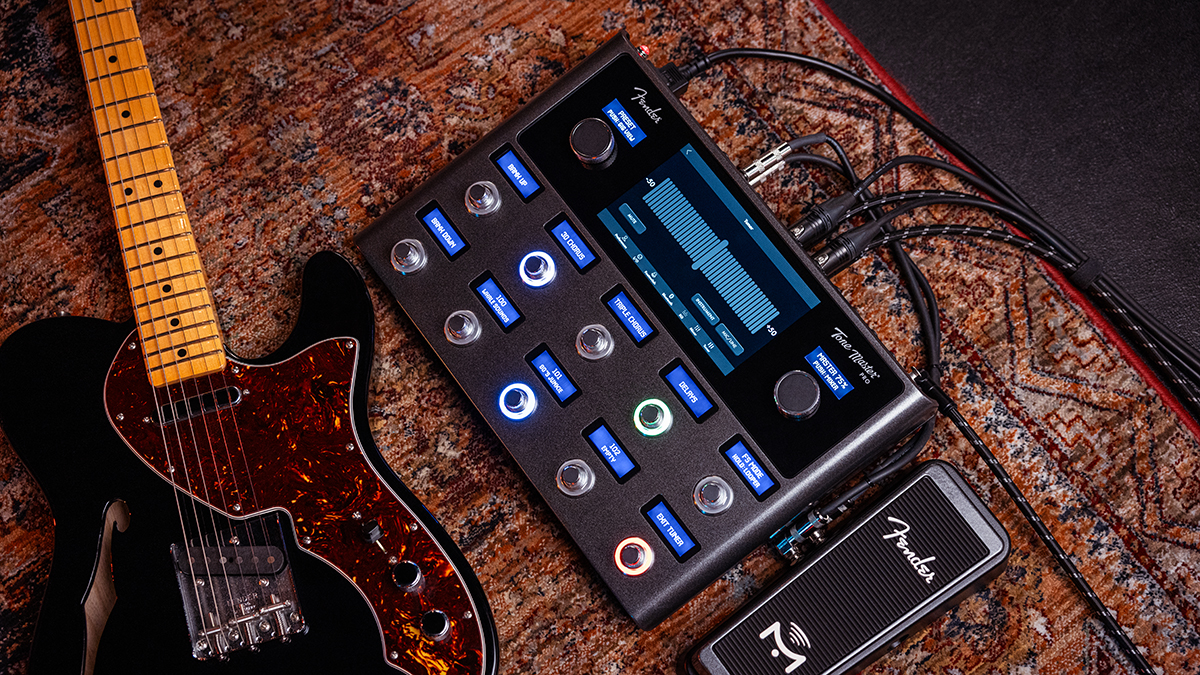“I had this little house in California, back in 1984. My Marshall stacks and a reel-to-reel were set up in the living room. I remember getting my drummer to have a jam at 3am”: From his live show, to cutting classics, Yngwie Malmsteen lives off-the-cuff
He explains why his guitars are numbered, not named, his warts-and-all approach to studio work – and why his “I won’t conform or follow” attitude has nothing to do with arrogance
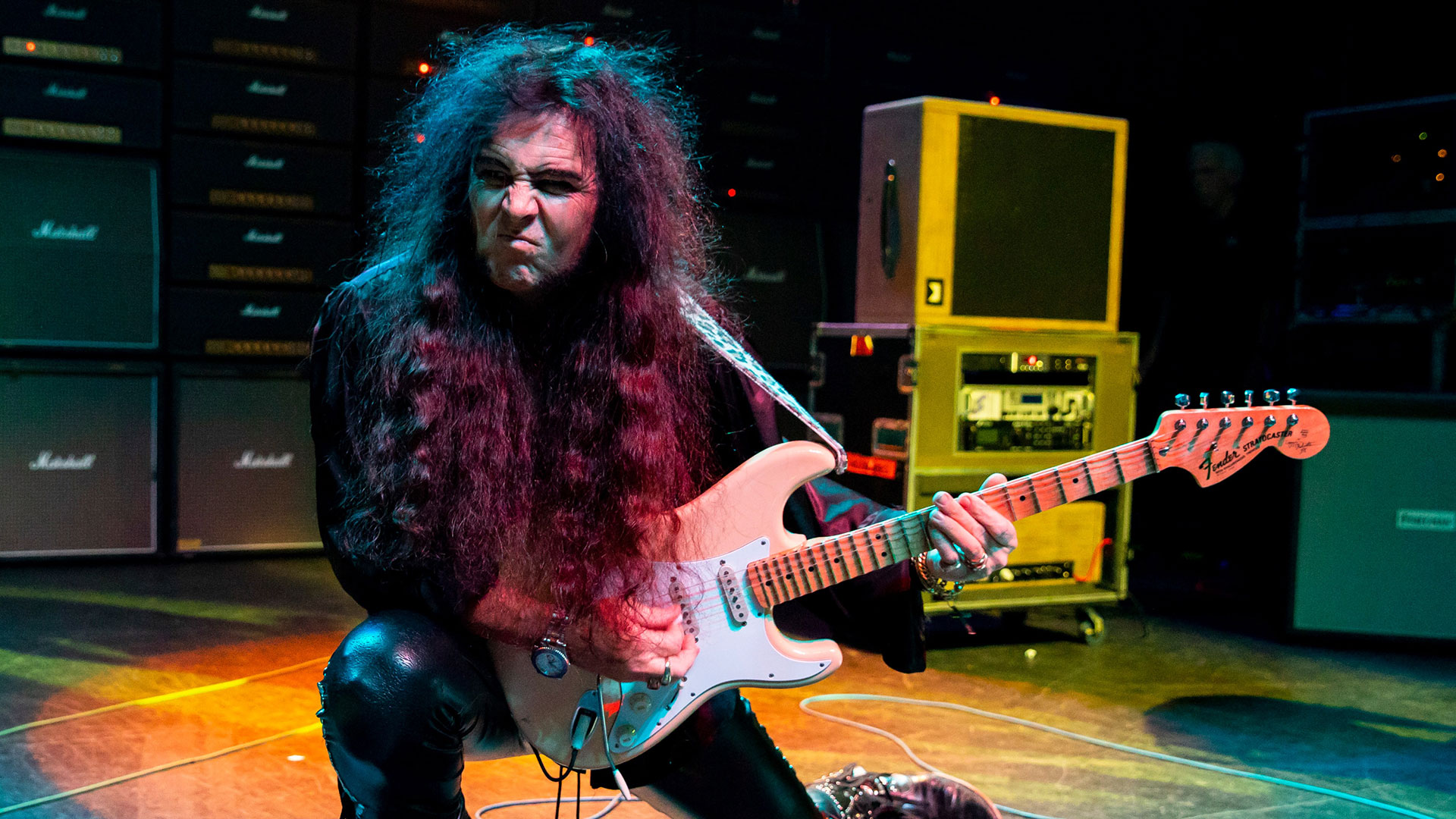
When you think about it, Yngwie Malmsteen is a lot more than just one of the world’s fastest guitar players – he’s up there with some of the greatest performers and entertainers of all time.
He’s the kind of musician who can roam the stage and wow the crowd with a thrilling display of plectrum kicks, round-the-neck guitar swings and two-handed acrobatics. Then there’s all the smoke machines and walls of Marshall amps behind him, making his performances look as unbelievable as they are to hear.
All of this energy is captured in high definition on his latest release, Tokyo Live, recorded at Zepp DiverCity in the Japanese capital in May last year as part of his ongoing 40th anniversary world tour.
Newer tracks like Top Down Foot Down and Wolves At The Door sit well next to fan-favorites such as Far Beyond The Sun, Black Star and I’ll See The Light Tonight, each and every note executed with flawless accuracy – though, to be more specific, it’s an accuracy to a moment in time rather than the studio recordings.
Some might say the most impressive thing about the Swedish trailblazer is his ability to deviate off-course and improvise at the drop of a hat – which, as he explains to GW, has been his philosophy all along.
“As a fan, I like to hear a real live record,” he tells us, pulling up a chair next to the large mixing desk inside his home studio.
“As an artist or producer, I’m trying to capture a live feel from the studio. I don’t want my live performances to sound like a studio record. It’s the other way round; everything live, warts and all.
All the latest guitar news, interviews, lessons, reviews, deals and more, direct to your inbox!
“On stage the songs are really just skeletons. There’ll be an introduction and ending, but the solos and breakdowns in between could happen or not happen. I direct the band with my hands, because they don’t know what I’m going to do next. The danger keeps it exciting. If I played everything note for note, which I could, I’d pack it all in.
“Some bands have made a career doing that; I’m not knocking them, but it’s not for me. I’d get bored without the danger – plus people would know what to expect. All my recorded solos are improvised anyway. I get why they sound calculated, because I stay in the realms of mathematically accurate scales, but they’re all made up.”
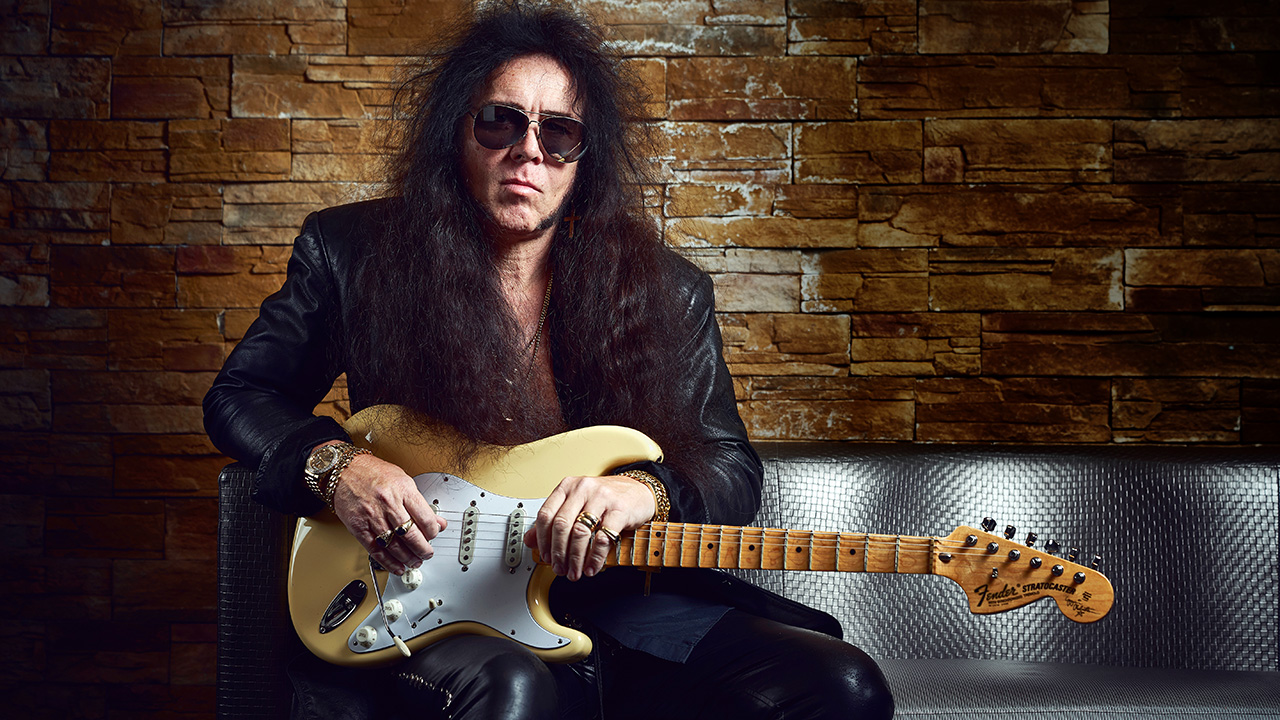
What are your favorite live albums by other artists?
“The earliest live one I remember hearing is Deep Purple’s Made In Japan when I was nine. Back then I didn’t understand the difference between live and studio records. When I heard their Machine Head album I remember thinking that the versions of Lazy and Smoke On The Water were better on the live album. Which probably says a lot about how I think!
“After that I got into prog rock bands like Genesis because Tony Banks used a lot of classical pedal note ideas. Then I got into Bach. I have this big statue of him next to the console. Paganini and Mozart are over there too. That became my thing.”
I always seek the divine. I want to channel something that isn’t completely from me; it’s coming from somewhere else. If that gets interfered with, I don’t like it
From guitars and amps to overdrive, you tend to stick with your signature gear. But which Strats are we hearing on the recording?
“I was using four different signature models that night. The one I’m holding right now is about 20 years old. I call this one Number 7. I also like Number 2 and Number 5.
“In this studio I have a forest of trees. What I do is set them up identically and then have them numbered so I can tell my tech which one I want to play. But a lot of the time, I don’t actually know which guitar I’m playing. And I don’t want to – getting attached to one guitar will psychologically make you think you don’t sound as good on something else.
“I also had my Ovation acoustic and MXR overdrive. I plugged into whatever amp they had at the venue. If it says Marshall on it, I can make it work. I’m good.”
There are some heavily symphonic moments in the set, where you go from Badinerie into Paganini’s 4th and then Adagio. It’s interesting how metallic some of these classical pieces can sound.
“It all comes down to the notes. If you listen to some of Beethoven’s stuff, it can be extremely heavy. Then there’s Gustav Holst and Carl Orff – those guys went all the way! Some classical ideas sound like riffs to me. You can almost hear a drum part going along with it.”
The music industry is a very different landscape to the one you grew up with. What do you think of the Instagram generation of players?
“A lot of people think the scene is looking good right now. But there are others who think the late ‘80s or early ‘90s were the golden age of guitar. I’m usually like, ‘Okay, whatever you guys say!’
“From the beginning, if everyone was going one way like lemmings, I would do the opposite. I never followed anyone or anything. I got bored of five-note rock and decided to incorporate classical ideas, without leaving behind the distorted guitars, double bass drums and smoke bombs.”
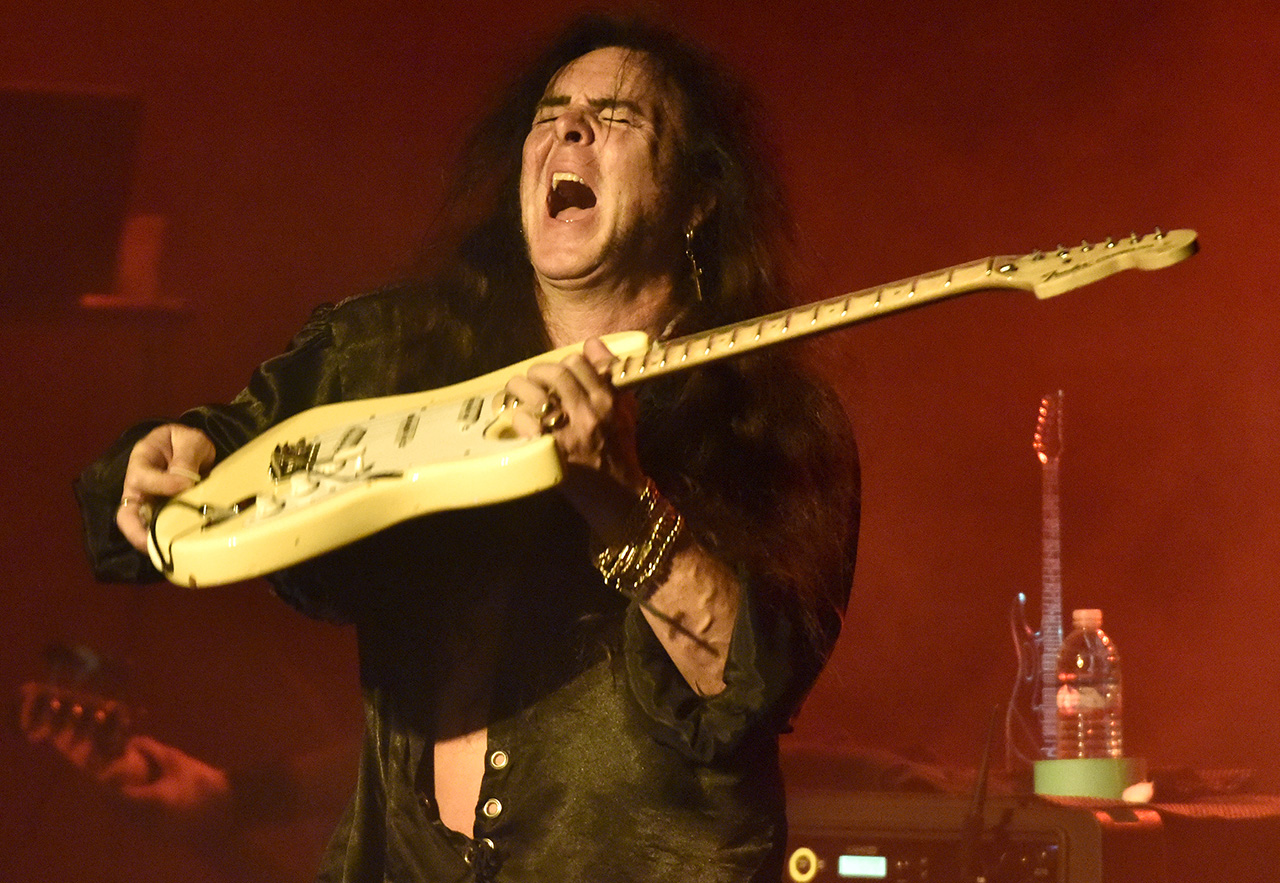
There were rock guitarists who dabbled in classical beforehand, but essentially you invented the genre.
“Technically speaking, I started playing what is now known as neoclassical in the ‘70s. I’d even tune to C# and use a bass string to play some heavy shit way before that became a thing. My friends playing AC/DC covers would say, ‘What are you doing? You’ll never make it like that!’
“But I do what I always do: I won’t conform or follow. It’s not like I’m some sort of rebel or anything. I just didn’t look in any other direction but straight ahead. I’m sure there are millions of incredible players, but I don’t seek them out. After learning Made In Japan note-for-note when I was 10, I stopped paying attention to players completely.”
When I was growing up I was told I was useless… Then I came to America and everyone said I’m the greatest Neither affected me
Some might say you’re one of the most misunderstood musicians alive. But there’s nothing wrong with sticking to your guns.
“Honestly, it’s nothing to do with arrogance. When everybody was buying new Marshalls, I was buying old Marshalls. When everybody was using humbuckers and Floyd Roses, I was using Strats with single-coils. I don’t follow anything. I never did... maybe that’s why I’m still here!
“I always seek the divine. I want to channel something that isn’t completely from me; it’s coming from somewhere else. If that gets interfered with, I don’t like it. I guess it’s kind of a deep thing. That said, when I take the top down, I do like to listen to the sound of the V8 engines and flat-plane cranks of my Ferraris.”
Have you ever been starstruck when meeting another musician?
“I wouldn’t say starstruck, but it was a surreal experience leaving Sweden for America in 1982. Within a couple of hours, I bumped into some guys who took me to The Rainbow. That’s where I found Ronnie James Dio. I couldn’t fuckin’ believe it. I’d seen him live in concert when I was 12 years old and there he was, this little guy. At first I was a little speechless, but we hit it off right away.”
How would you like to be remembered?
“I’d like to be remembered – that’s it – but I don’t really think like that. When I was growing up I was constantly told I was shit and useless. I became oblivious to it all. I didn’t cry about it; I just didn’t care. Then I came to America and everyone was telling me I’m the greatest thing. Neither affected me: I know if I’m doing good or bad. I don’t have to be told.
“It’s nice if people think you’re good, but you shouldn’t do things just to hear them say that. I’m not thinking about an epitaph with, ‘Look, it’s Yngwie, the man who conceived classical metal through guitar!’ I don’t care.
“There’s one magazine cover I kept from early on which had a big picture of me next to photos of Jimi Hendrix and Edward Van Halen. I like that one because I’m with the greatest guys ever. But what excites me most is when I complete something great and then I move onto the next one.”
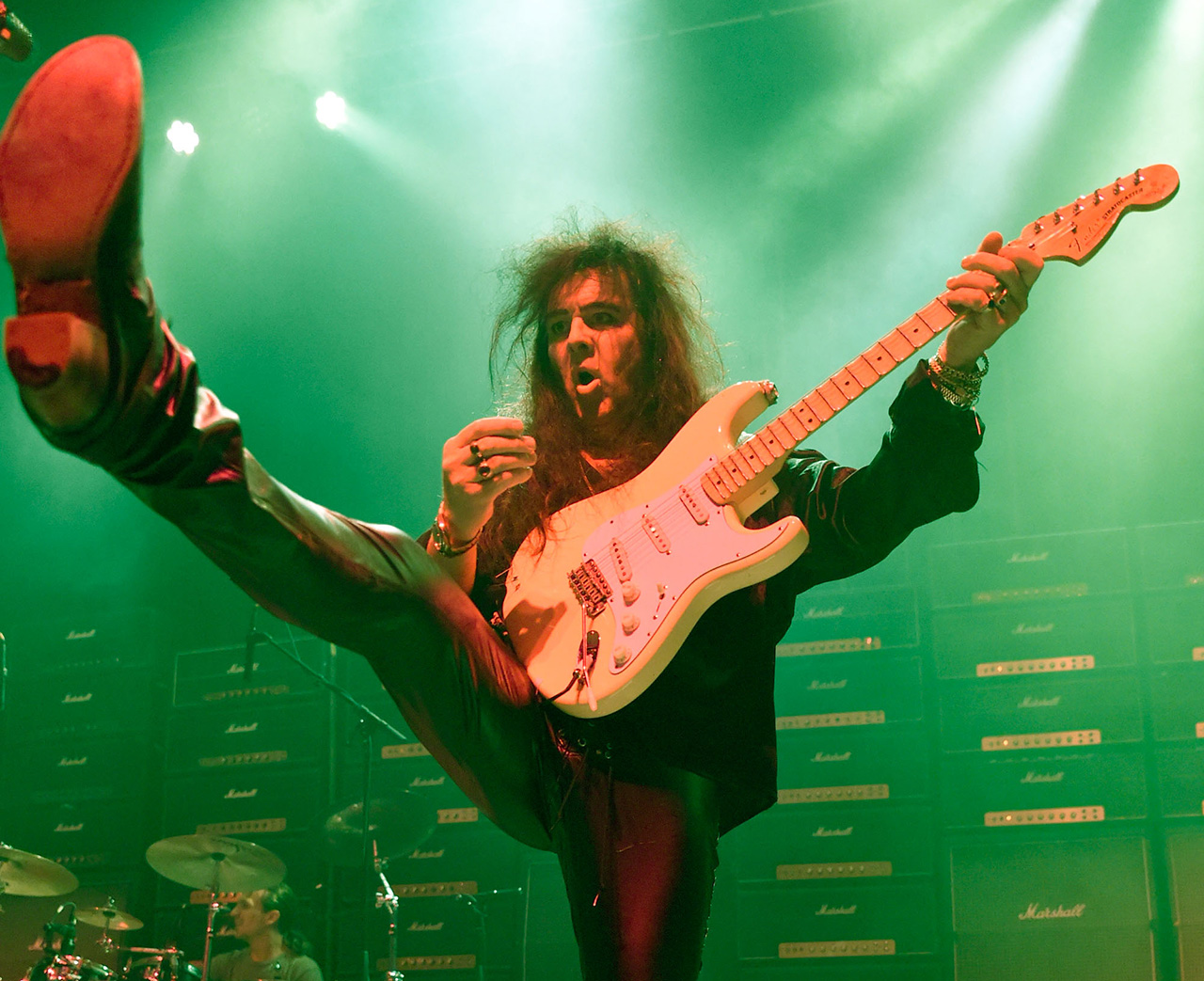
This year is the 40th anniversary of your second album Marching Out. It features one of your most famous tracks, I’ll See The Light Tonight – renowned for its Ab minor palm-muted riffing and that infamous diminished coda on the two lowest strings.
“I had this shitty little house somewhere in California back in 1984. My Marshall stacks and a reel-to-reel were set up in the living room. I remember getting my drummer to have a jam at 3am. How long is that song – around three minutes? Well, that’s how long it took to write. I just started riffing that Ab power chord against the open string and put it all together. I knew it was good straight away.”
A review said, ‘Yngwie played the white guitar, the red guitar, the blue guitar and then we all went home!’
The video contains wizards, skulls, sword-wielding demons and dragons. It really doesn’t get more metal than that!
“It was the Conan The Barbarian set in Universal Studios – they closed at 9pm, so we rented the whole thing with dragons and actors. We carried on filming until five in the morning. The dragon that came up was spitting real fuckin’ fire at me while I was doing the solo. I could feel the heat.
“Then the director told me to throw my guitar, but I ended up breaking the dragon, which had to be on show the next morning with people queuing to see it. I think I took its ear off. There was a big palaver about that!
“I was also on fire at one point. They put this stuff on my guitar and on my arm to help it burn, like they do in the movies, so my arm was actually on fuckin’ fire. I just went along with it.”
You played an upside down Lake Placid Blue Strat in the video, which is unusual for you.
“I thought it looked cool. Early on, there was a clip of me playing a black guitar and I was annoyed it didn’t show the beautiful shape of the Stratocaster. I took the guitar apart and painted it cream. From then on, I played guitars with a bright outline.
“I remember headlining the Hammersmith Odeon and there was a review which said, ‘We went to see Yngwie, he played the white guitar, he played the red guitar, he played the blue guitar and then we all went home!’ That was the actual review.
“So I did go through a period of playing vintage guitars in different colors like Lake Placid Blue or Fiesta Red, but the lighter finishes always look best to my eyes.”
- Tokyo Live is on sale now via Mascot Label Group.
Amit has been writing for titles like Total Guitar, MusicRadar and Guitar World for over a decade and counts Richie Kotzen, Guthrie Govan and Jeff Beck among his primary influences as a guitar player. He's worked for magazines like Kerrang!, Metal Hammer, Classic Rock, Prog, Record Collector, Planet Rock, Rhythm and Bass Player, as well as newspapers like Metro and The Independent, interviewing everyone from Ozzy Osbourne and Lemmy to Slash and Jimmy Page, and once even traded solos with a member of Slayer on a track released internationally. As a session guitarist, he's played alongside members of Judas Priest and Uriah Heep in London ensemble Metalworks, as well as handled lead guitars for legends like Glen Matlock (Sex Pistols, The Faces) and Stu Hamm (Steve Vai, Joe Satriani, G3).
You must confirm your public display name before commenting
Please logout and then login again, you will then be prompted to enter your display name.

